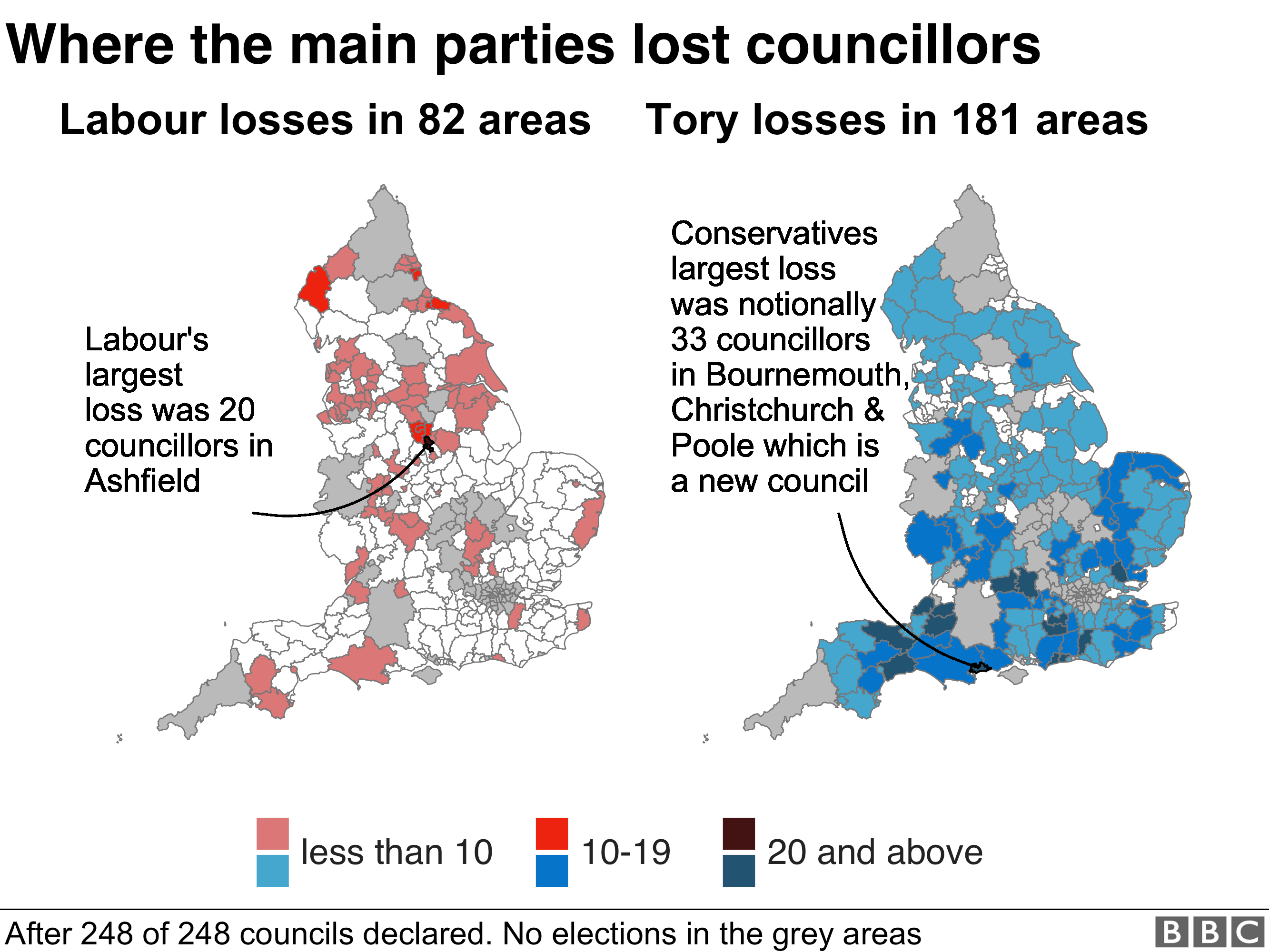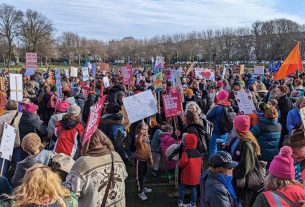A lot has happened since the last local council elections back in 2019. At that time, Jeremy Corbyn was Labour leader, and Theresa May was in charge of the Tories, both vowing to break the Brexit impasse. The Conservatives lost more than 1,300 seats while Labour suffered significant losses too, despite expectations to the contrary. Corbyn’s leadership didn’t survive, and the Tory party has repeatedly switched up its leader. On May 4, the now PM Rishi Sunak will have to prove that he is capable of steering the party back to success from a severe decline in popularity.
Altogether, 230 local authorities across England are holding elections. While voters cast their ballots with local issues such as refuse collection and council taxes in mind, past polls have also been indicative of the populace’s verdict on the performance of the political parties. Sunak took the reins at the end of October 2022 when the party was lagging 30 points behind Labour in opinion polls.
Currently, the Conservatives enjoy a 29%-support marginally more than before the 2019 local council elections. But while the 2019 Labour Party was in the throws of the antisemitism row, today’s Starmer edition appears more cohesive and destined for electoral victory. Currently, the Conservatives enjoy a 29%-support slightly stronger than before the 2019 local council elections. Labour support stands at 44% in the latest polls, 12 points ahead of its standing back in 2019 with a 15-point lead over the Tories, up from 6.
If the Labour lead translates into seat gains at the elections next week, the Conservatives could lose nearly 1,000 seats. But local council elections are not just about the main opposition parties. In 2019, the Liberal Democrats picked up more than 700 seats and the Greens almost 200. Adding to Conservative and Labour woes, independents managed to grab hold of 667 seats, proof of a disenfranchised public.
Sunak will need to keep seat losses to a minimum, while Starmer and Lib Dem leader Sir Ed Davey will hope to bolster support for the next general election through a strong performance at the local council poll next week. The Labour leader must claw back support lost in the red wall heartlands.
Speaking to iNews, professor of politics at Queen Mary University of London, Tim Bale said:
“For Labour, the locals should provide a sense of whether there’s any genuine substance to their apparently comfortable lead in the polls: if the results are disappointing, there are going to be an awful lot of worried faces at the party’s new Blackfriars HQ.
“The Tories are in the opposite position: they will be looking for some hopeful shafts of light amidst what everyone’s presuming will be the gloom.”
Key battlegrounds
One of the critical areas where Labour will want to perform strongly is the ‘red wall’ Tees Valley, where Labour lost all but one council in 2019 to independents.
Hartlepool, where Labour suffered a bi-election failure in 2021, is also a key battleground, with Labour needing to gain seven seats to win control. The party will also want to bolster its seat count in Stoke on Trent, Dudley, and Walsall while seeking control of Medway and Swindon councils.
The Conservatives aren’t merely fending off Labour. The Liberal Democrats always perform strongly at local council elections and are set to take more Tory seats in areas such as Guildford, Surrey Heath and Waverley. In 2018, the party spectacularly took control of both South and East Cambridgeshire.
Reading the election results
If the Tories lose fewer than 500 seats, they will feel relatively secure knowing Labour support in polls doesn’t equate to electoral victory. Losing more than 1,000 seats would likely mean conceding control in more than half of the 82 councils.
Labour needs to surpass Tony Blair’s record 1997 gains if it wants to go on to achieve an overall majority in Parliament.
The elections will take place on Thursday, May 4, with the first results expected on Friday morning.




